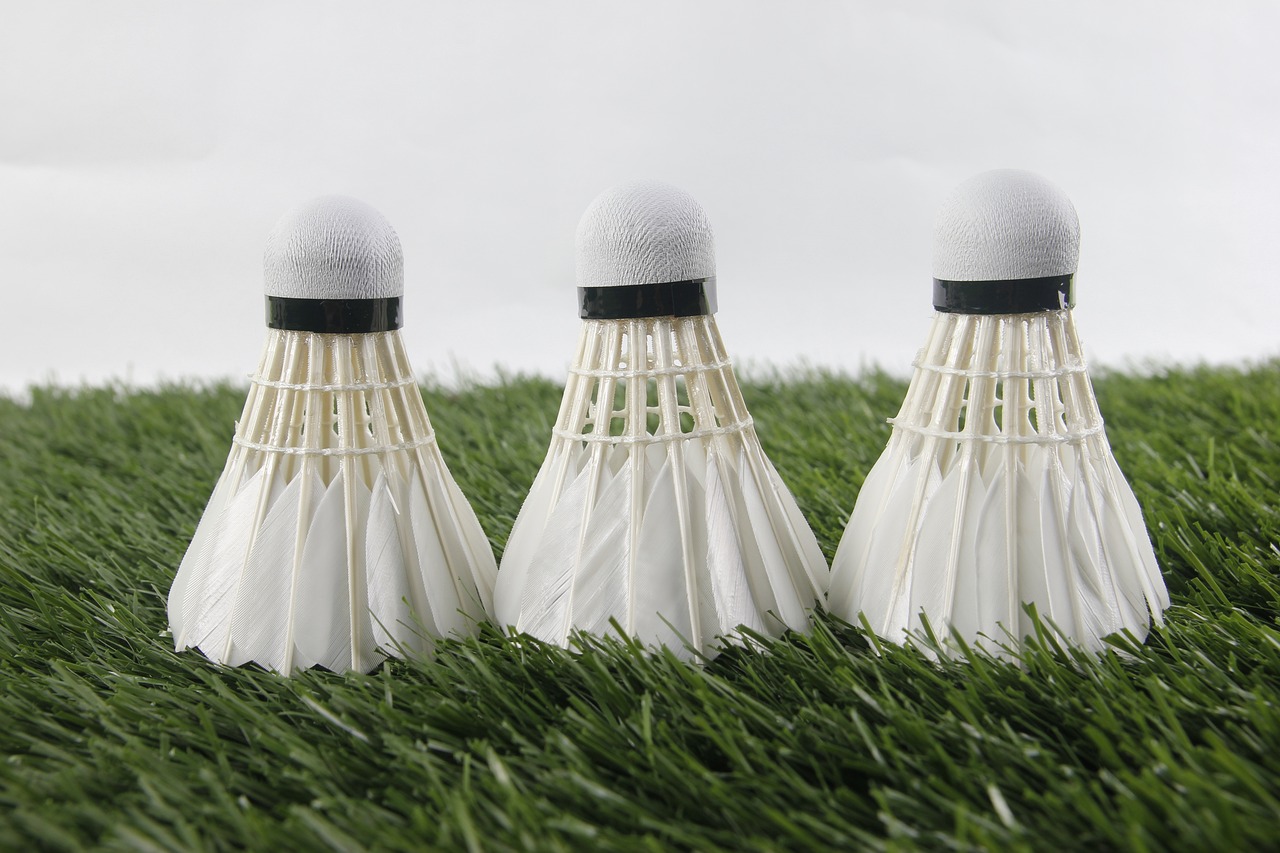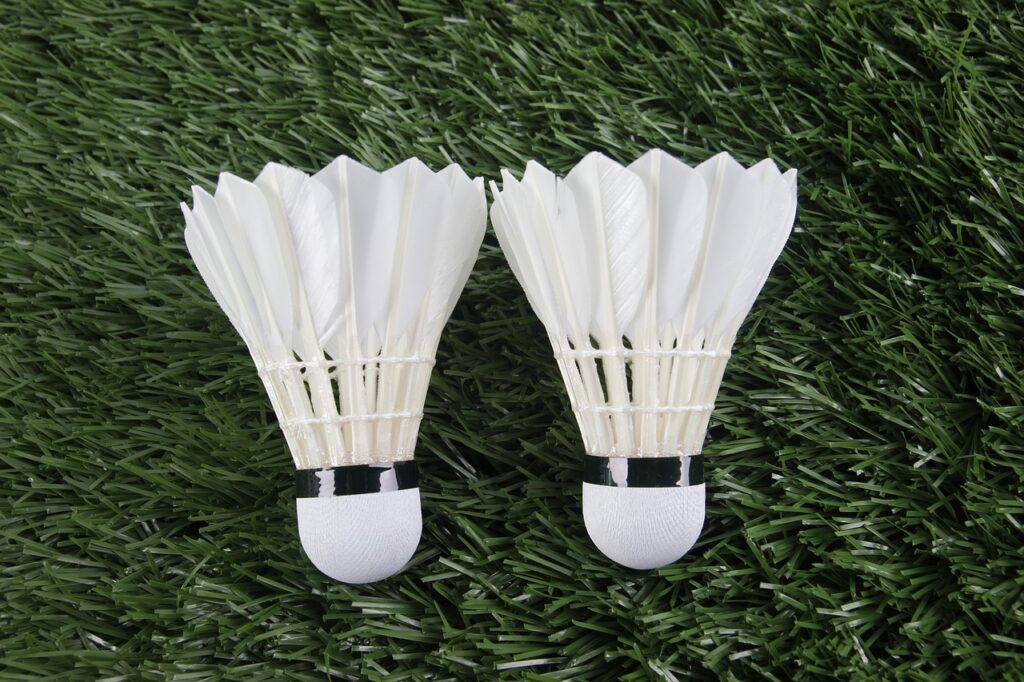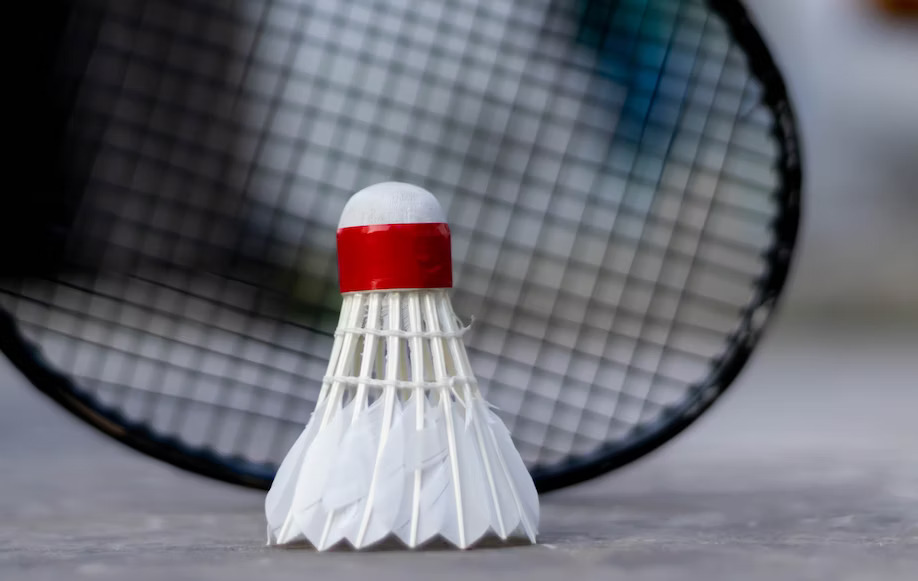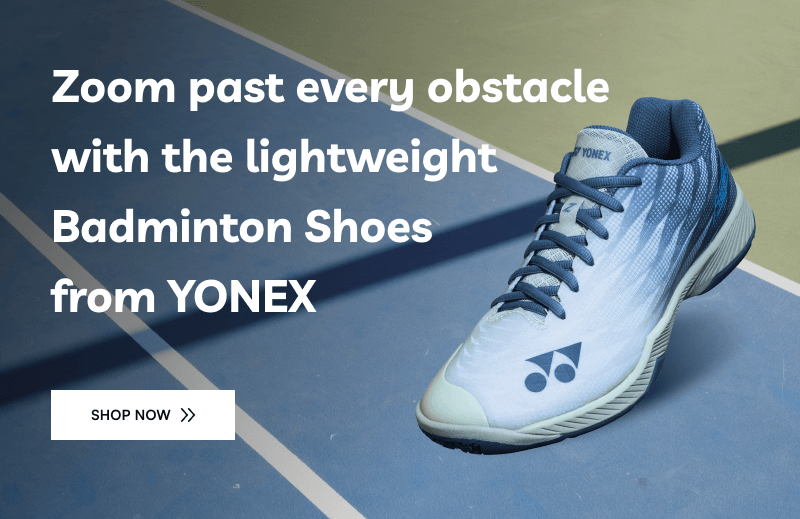How to buy the perfect badminton shuttlecock for you?
If you play badminton, you are aware of how important the proper gear is to your success on the badminton court. The shuttlecock, commonly referred to as a birdie, is one of the most important items you require. It’s critical to select the appropriate shuttlecock for your playing style and degree of experience. The market is flooded with choices, making it difficult to choose the best shuttlecock. This blog will walk you through the characteristics and criteria to take into account when choosing a badminton shuttlecock that will enhance your gaming. Finding the ideal shuttlecock may greatly improve your badminton experience, whether you’re an amateur or a professional player.
Factors to consider to choose the perfect badminton shuttlecock
So, let us begin with first understanding the types of badminton shuttlecocks.
- Types of Shuttlecocks in badminton
Feather Shuttlecock: Around sixteen goose or duck feathers are arranged in a shuttlecock, which is then placed into a cork base with a spherical base. These shuttles are often used by intermediate or advanced players as well as professionals. Compared to nylon shuttles, they are a lot easier to operate. Both nett spin (an attacking technique) and slicing (a technique to change the angle of the shuttlecock’s return) may be produced with the right knowledge, skills, and approach.
Feather shuttles have a lower lifetime than their synthetic alternatives as compared to nylon shuttles. Feather shuttles are not advised for newbies since employing the wrong technique might ruin the shuttlecock’s feathers and make it worthless. It is advised that the shuttlecocks be stored in a typically humid environment to prevent the feathers from becoming brittle and dry, which would more quickly cause damage.
Compared to nylon shuttles, feather shuttles have a steeper trajectory (a curved route along which items move). Animal rights advocates have said recently that it is cruel to remove feathers from a living goose or duck’s wings in order to sell them for entertainment reasons.
Nylon Shuttlecock: This badminton shuttlecock’s head is made of a single piece of sturdy cork. The body, on the other hand, is made of high-quality nylon, which gives it the ability to move quickly and is acclaimed for being durable and solid.
The flying prowess and longevity of the nylon shuttlecock are its most well-known qualities. These shuttles are usually used by new and casual players since they are not overly expensive and endure for a very long period, sometimes up to 100 games, before wearing out. The shuttles lose speed more gradually than feather shuttles, which typically leads to a faster-paced game with less control and touch play.
Hybrid Shuttlecock: These shuttlecocks have a plastic and feather construction. These shuttles are now only available in the United Kingdom and were very recently developed. Duck or goose feathers are used for these shuttles’ end feathers, while synthetic material is used for the shuttle’s frame.
These shuttles are more controllable than standard nylon shuttles and more durable than typical feather shuttles. Due to the use of less expensive materials and low manufacturing costs, hybrid shuttles are less expensive than the majority of full-feather shuttlecocks.
- Flight Speed
Due to the many ways that shuttlecocks are constructed, each one has a different spinning pattern and speed. You may want to take into account the various shuttle speeds to select one that works best for your area depending on where you are in the world or where you are playing. For a certain gym, some birds could fly too quickly, while others might fly too slowly.
A “grade” or “level” will be given to each shuttlecock that describes their flying speed. The distance the shuttle covers in the air while flying is used to calculate flight speed. For instance, a shuttlecock rated at 77 will land 30 cm further than a shuttlecock rated at 76 when whacked with the exact same racket and power. Shuttles will be assigned numbers between 74 and 79.
A color-coding scheme is typically used to classify nylon shuttlecocks according to their flying speed. The bird’s neck will be wrapped with a colourful band. A red band symbolises the fastest flight speed, whereas a green band suggests a lesser pace.
- Location
When selecting a shuttlecock, an expert professional will take into account every little detail, including factors like temperature, air density, and altitude. The air density drops as the temperature rises, increasing the shuttle’s speed somewhat above that of a colder environment.
Flight speed can also be impacted by altitude. The air density will decrease as you go above sea level, increasing shuttle speed.
Here’s a quick guide to help you choose the right shuttle speed.
| Shuttle Speed | Altitude | Temperature |
| 75- Slow | Above sea level | Very Hot (30+ degrees) |
| 76- Quite Slow | Sea level | Hot (25-30 degrees) |
| 77- Average Speed | Sea Level | Average Temperature (15-25 degrees) |
| 78- Quite fast | Below sea level | Cold (0-15 degrees) |
| 79- Fast | Below sea level | Very Cold (below freezing) |
Why doesn’t everyone use feather shuttlecocks in badminton?
Simply put, they aren’t very durable, and the feathers can break. In order to utilise the feathers, they are really often placed in a humidifier for around 4 hours. This guarantees the feathers will function as needed.
Put a wet sponge in the feather end of the shuttle tube to get the same result as putting them in a humidifier box. Please note that placing the wet sponge at the cork end will not have the same effect.
Which shuttlecock is ideal for badminton?
In a nutshell, feathers create a higher airborne performance. The best play is to utilise a feather shuttle. But go with a nylon shuttle if you want durability and greater value.
Various Shuttlecocks brands to choose from the market
There are several brands of shuttlecocks on the market, including Yonex, HEAD, RSL, and Li-Ning. However, not all producers create feather shuttlecocks of the highest calibre. Let’s analyse what makes shuttlecocks the most enjoyable to use. Therefore, we are going to examine the top five shuttlecocks in India for you.
Most of the main professional competitions in the games use Yonex feather shuttlecocks. Yonex is also the biggest badminton sponsor and is recognised as having some of the best equipment available.
Here are some Yonex badminton shuttlecocks you can choose to play badminton with:
YONEX Mavis 350
One of the top nylon shuttlecocks available is this one. Yonex Mavis 350 is the most popular shuttlecock on the circuit because of its consistency and durability.
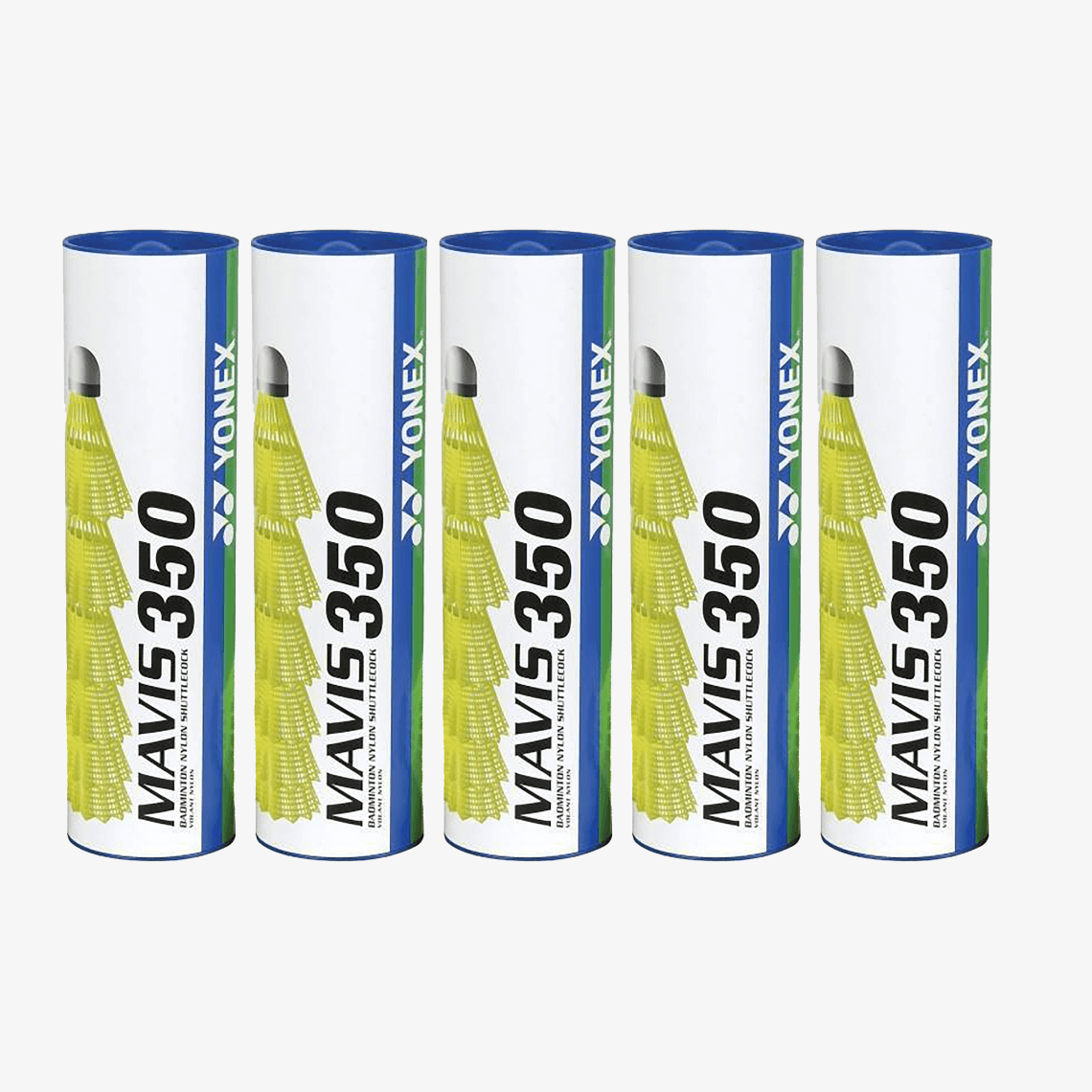
Price- Rs. 1099
Features: Players should always utilise the shuttlecocks that are best suited to the playing conditions. Mavis 350 Features.
The skirt’s stiffness: Depending on the temperature, the nylon shuttlecock’s feather component changes.
In the cold: the skirt is more likely to break because it gets stiff.
In the heat: the skirt softens and is less prone to break, but the softer skirt affects how it feels when it hits anything.
Yonex AS 30
Yonex AS 30 should be your top pick if you are planning any professional tournaments. Yes, the Aerosensa 30 (AS-30) feather shuttlecock is highly recognised in the market. Major badminton competitions all around the globe utilise it.
Features:
Durable: They need to be replaced less frequently during games than other shuttlecocks of the same type.
Stable Trajectory: Accurate flying stability over a long distance under a variety of environmental situations.
Price: Rs. 2650/-
RSL Tourney 4
RSL Tourney 4 is an affordable, long-lasting feather shuttlecock. Due to its longevity, it is a favourite among club members and is frequently used during practice and competitions.

Price- Rs. 1789/-
HEAD Glider 505
HEAD Glider 505 Nylon Shuttlecock is the newest addition to the equipment of many badminton players. It looks lovely and straightforward, just as a badminton shuttlecock ought to do. It is packaged in a sturdy, thick cardboard tube for simple storage. This shuttle is used by players to practise simple rallies and returns.
Price- Rs. 581/-
Li- Ning Champ
This is a top-notch feather shuttlecock for “Training.” For a stable flight path and longevity, it employs duck feathers of the highest quality. The composite cork facilitates weight distribution and provides an enjoyable practice environment.
Price- Rs. 1342/-

